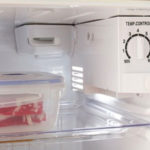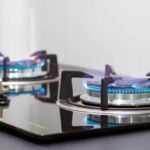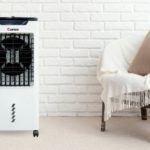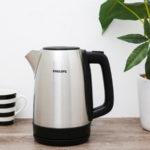1. Certified Energy Label
The certified energy label, which features the Energy Saving symbol (also known as the Vietnamese Energy Star), is displayed on vehicles and equipment in circulation on the market. This label indicates that the vehicle or equipment has a high level of energy efficiency, equal to or higher than the standards set by the Ministry of Industry and Trade.
The certified energy label is displayed in specific colors and dimensions. You can refer to the image below:

2. Comparative Energy Labels
Comparative energy labels are displayed on vehicles and equipment circulating on the market to provide consumers with information about their energy efficiency compared to other similar products. These labels help consumers make informed decisions and choose vehicles and equipment with better energy consumption.
There are five energy efficiency grades represented by a varying number of stars on the label, ranging from one star to five stars. The five-star label indicates the highest level of efficiency.
The image below shows the five energy efficiency classes represented by the number of stars on the label:

The comparative energy labels are displayed in specific colors and dimensions. You can refer to the image below:
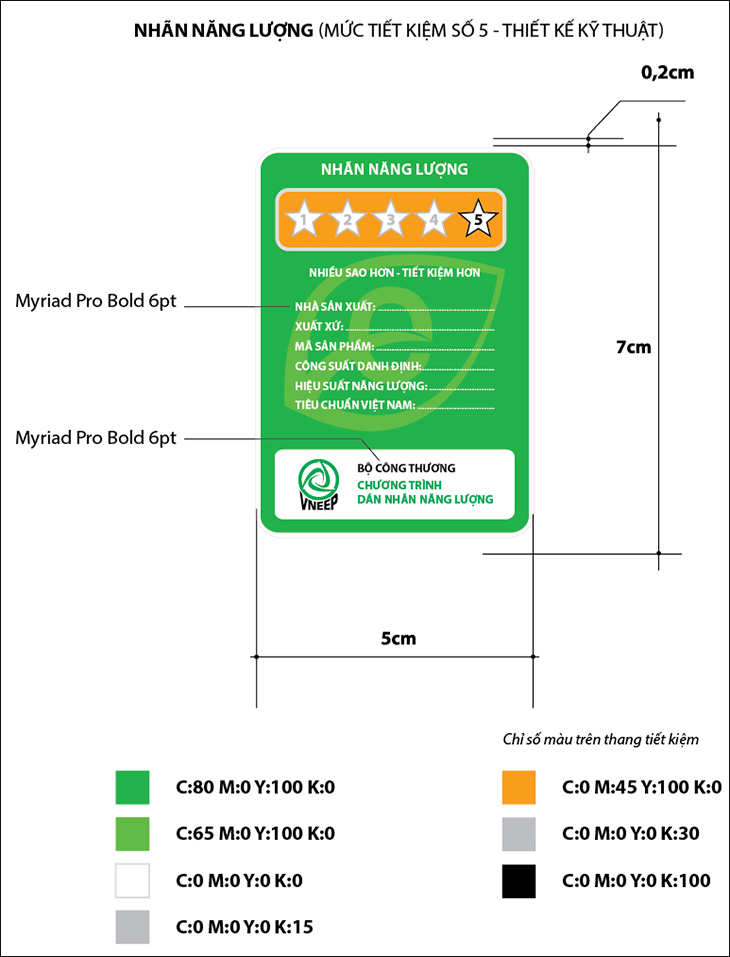
3. Description of Comparative Energy Labels on Household Appliances
The energy comparison label includes the following information:
- Number of stars printed on energy labels: Represents different energy efficiency levels, ranging from one star to five stars, determined based on product energy efficiency test results.
- Manufacturer’s name: The name of the organization or enterprise that produces the energy-labeled products.
- Origin: Indicates the country in which the product was manufactured.
- Product code: The code assigned to the registered means and equipment of the enterprise.
- Rated capacity: The manufacturer’s announced power consumption of the vehicles and equipment.
- Energy efficiency: The energy efficiency index of the equipment specified in TCVN.
4. Some Other Notes for Each Type of Device
For the air conditioner
Air conditioners are significant consumers of electricity in homes. When choosing an air conditioner, consider factors such as cooling capacity and energy efficiency. Opting for a suitable capacity for the room area, equipped with Inverter technology, and practicing energy-saving usage can significantly reduce monthly electricity bills.

For the refrigerator
Refrigerators are also substantial consumers of electricity due to their year-round usage. Energy labeling helps eliminate poor-quality refrigerators and facilitates the selection of products with higher energy efficiency.
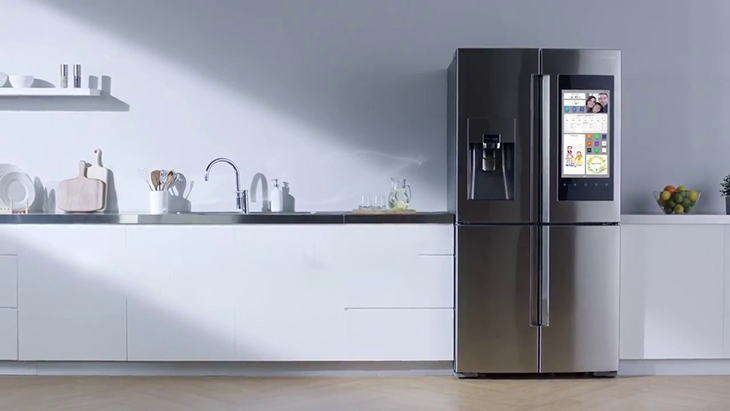
For the washing machine
Consider your needs and economic conditions when selecting a washing machine. Besides the basic washing programs, some machines offer features like washing with hot water and drying clothes, which consume more electricity.
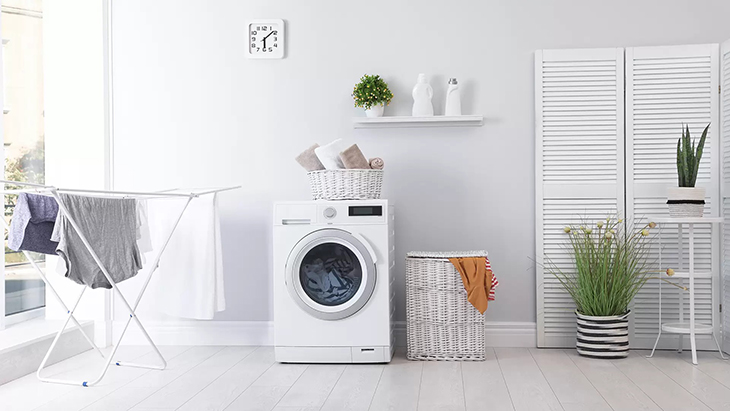
For the electric fan
Electric fans, although they have low power consumption, require an energy label. When choosing an electric fan, users often focus more on the design and features rather than energy efficiency.

Maximizing Durability and Energy Efficiency with High-Speed Kettles: Tips and Advice
Are you an electric kettle aficionado? If so, you’ll appreciate Ði?n máy Xanh’s latest offering. We’ve compiled comprehensive instructions to help you make the most of your electric kettle, including tips on how to prolong its life as well as maximize energy savings. Let’s get your kettle expertise up to date!

























